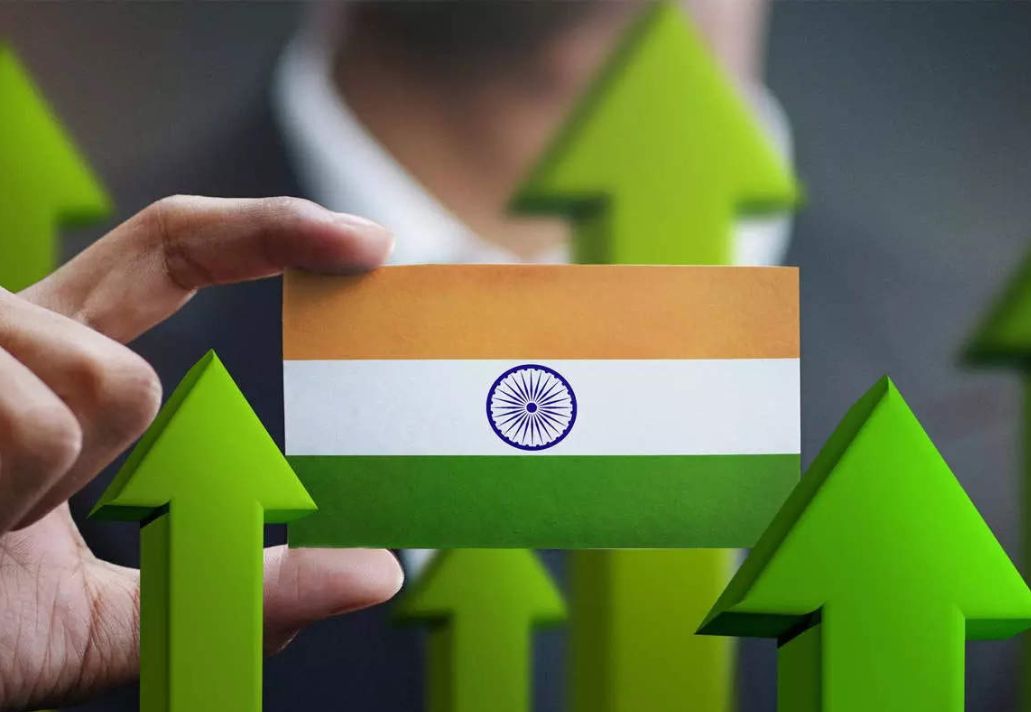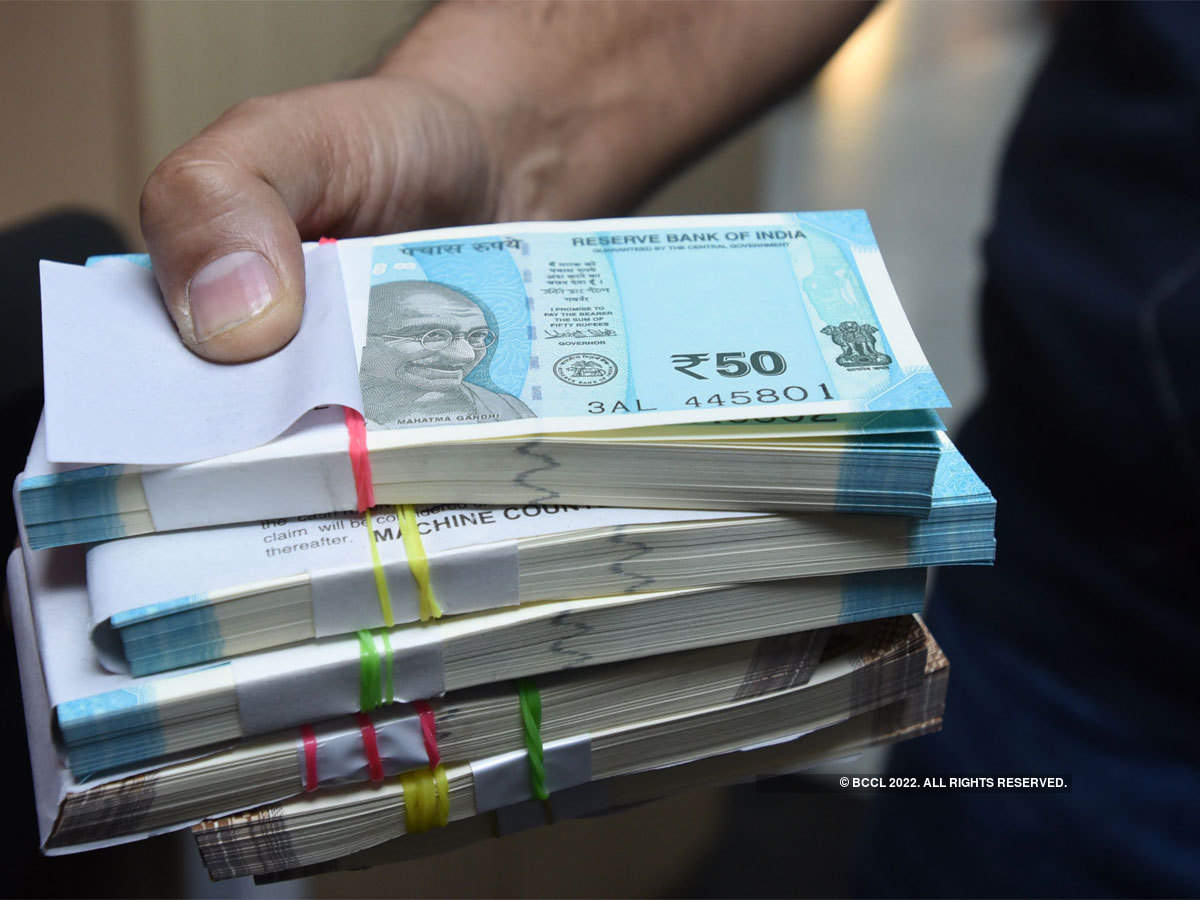The enormous fluctuations in the market value and fortunes of the Adani Group are almost unreal, like something out of a fairy tale. Since a short seller agency, Hindenburg Research, made serious accusations regarding the use of widespread illegalities by the group, I believe history will view this as a singular event, at least for India, due to the magnitude and speed with which the changes occurred, both during the spectacular ascent and the subsequent decline.

Adani’s route to success began in 1999, when it joined with Singapore’s Wilmar to become an importer of palm oil. In a short amount of time, seven corporations affiliated with the Adani group accumulated control of practically all of India’s infrastructure, including seaports, highways, airports, data storage facilities, defence supplies, and even jewellery. According to the Hindenburg Report, the Adani Group is valued at $218 billion, with Gautam Adani’s share being worth $120 billion. This gap was mostly caused by a rise in share price or market valuation beginning in 2020.
The primary question that remains is what caused the growth to occur. And secondly, as many have noticed, what precisely precipitated the collapse of the card house? The success of the Adani firm was dependent on publicly controlled financial institutions. First, there were loans from publicly-owned banks such as SBI, LIC, and PNB, which appeared to have readily complied with the request by taking the costly shares as collateral. The majority of finance for infrastructure projects came from acquisitions of assets with lengthy gestation periods, as opposed to greenfield efforts.

Given that about 75% of the Group’s obtained loans were from overseas banks and markets, inflated stock prices would have facilitated the Group’s capacity to pledge shares as collateral significantly. Due to extremely tiny contributions from stock and mutual fund investments, the debt-to-equity ratio exceeded the recommended threshold of 2:1. According to the analysis conducted by Hindenburg Research, the high value of the collateralized shares was fraudulently inflated by the use of shell companies, which were presumably owned by the conglomerate. The Adanis’ second source of capital may have originated from the aforementioned schemes.
The trading of stocks represented a third source of income. Margin financing was a kind of unauthorised borrowing. Although these communication channels are open to everyone, the sheer magnitude of the Adanis’ businesses may have made them more profitable. As a result of these elements, increases in both turnover and capitalization as well as profit seem promising. On these roads, the business leader may have made a fortune.
The Adani Group has aggressively denied the central conclusion made by the Hindenburg Report on January 24 of this year, which was that the structure was highly fragile. In less than a month, Adani’s net value has plummeted from $120 billion on January 24 to about $50 billion today, a loss of almost half.
In the real economy, the supply of commodities and services drives economic expansion, not the market’s financial profits. As demonstrated, a vibrant stock market does not necessarily result in substantial economic growth. The selling of fresh stocks on the primary market may lead to an increase in the demand for actual investments. Yet, genuine investors gain nothing from the secondary market resale of identical (old) stocks, which drives up stock prices.
So, a company’s capital gains (via the sale of old stocks on the secondary market) do not inevitably convert into higher stock prices and more demand. Demand on the stock market rises only because investors anticipate future price increases.
The Adani Group’s consistent expansion over the past two decades has been communicated to India’s major stock markets. But, the money kept returning to the same individuals in the financial business, who utilised it to speculate on other financial assets. When asset valuations, income from assets, and capital gains all increased, the financial cycle grew, laying the groundwork for additional expansion if the market stayed optimistic.

There is still an imbalance, and financial sector upheavals do impact the real sector and real economy. The twofold vulnerability of the real economy to financial sector assets is to blame. Second, the wealth effect of a drop in the value of financial assets owned by the real sector reduces actual demand levels. On a smaller scale, a decline in the net asset value of financial institutions has a comparable effect.
There is evidence that the recent spate of production contractions and job losses in India and other regions of the world do occur in the case of repeated financial crises, and that this is related to the growing sensitivity of the real economy to the financial sector.

Let us return to the notion of “Control Fraud” from the landmark book The Best Way to Hack a Bank is to Own One by William Black, in which the CEO or other “super-predators of the financial world” perpetrate fraud against the bank. One of the supposed four rights provided to CEOs is to “subvert internal and external controls and transform them into friends” (for instance, to “shop” for an auditor who will help their theft). To “optimise the firm by having it invest mostly in assets with unclear market value,” as the second answer choice states. Thirdly, “CEOs are permitted to convert business assets into personal funds through presumably appropriate corporate procedures.” The fourth reason is because they have the unusual ability to “influence the external environment to aid.”

